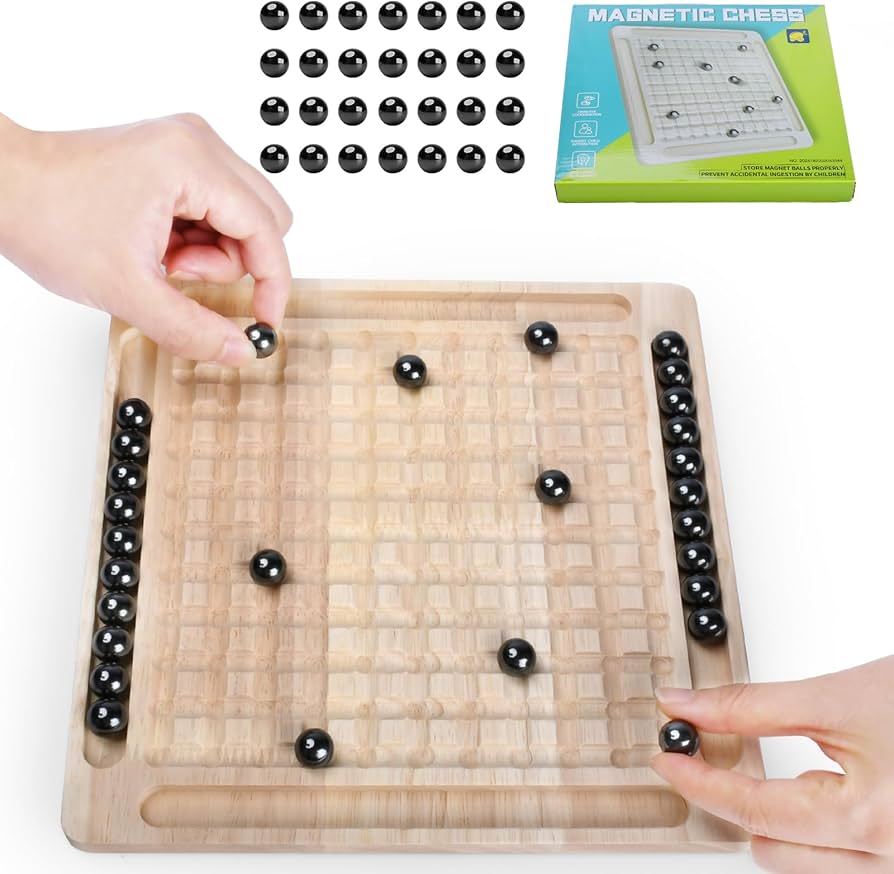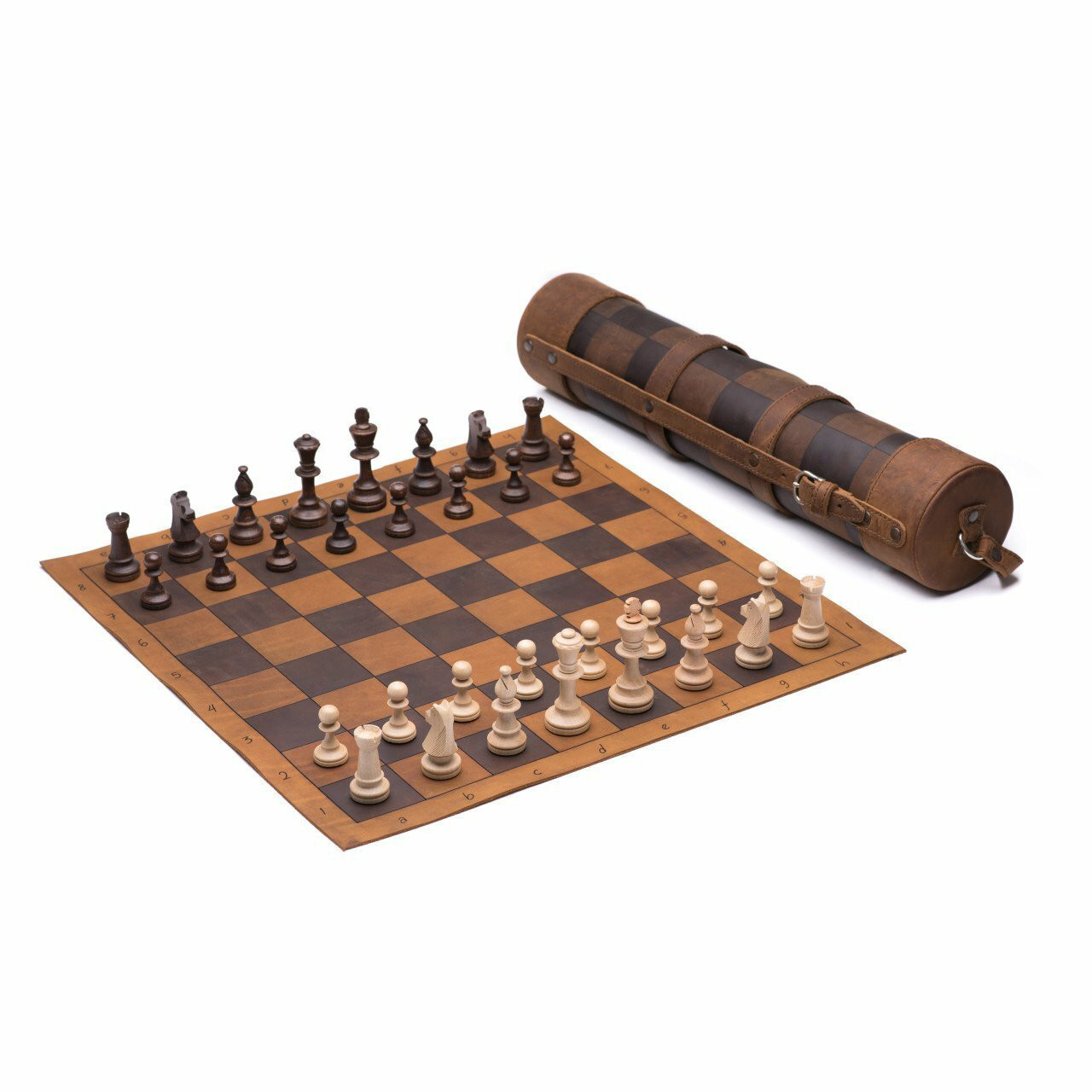Chess is a game of strategy and skill. Opening traps can give you an early advantage.
Chess opening traps are tactics that catch your opponent off guard. They can lead to quick wins or gain you valuable pieces. Using these traps wisely can improve your game and surprise your opponents. Knowing the best opening traps will make you a stronger player.
They can turn the tide in your favor right from the start. Ready to learn about the top opening traps in chess? Let’s dive in and see how you can use them to your advantage.

Credit: chess-teacher.com
Introduction To Chess Opening Traps
Chess opening traps are clever moves to gain an early advantage. They can lead to a quick win or a strong position. Understanding these traps is essential for every chess player.
Many famous games feature opening traps that surprise opponents. These traps can catch even experienced players off guard. Learning about them can improve your game significantly.
Importance Of Opening Traps
Opening traps are crucial because they set the tone for the game. They can create opportunities for quick victories. Knowing these traps helps you avoid falling into them yourself.
They also teach you to think ahead. Anticipating your opponent’s moves becomes easier. This skill is valuable throughout the game.
Psychology Behind Traps
Traps play a significant role in the psychological aspect of chess. They can make your opponent doubt their moves. This hesitation can lead to mistakes.
Setting traps shows confidence and aggression. It can intimidate your opponent. A strong psychological game can be as important as strategy.
The Fool’s Mate Trap
The Fool’s Mate Trap is one of the quickest ways to win in chess. This classic trap exploits poor moves by the opponent. It usually ends the game in just two moves. Let’s dive into how to execute it and avoid common mistakes.
Steps To Execute
First, the opponent needs to start with a weak opening. If they move their pawn to f3, you have an opportunity. Next, you should move your pawn to e5. Then, if they move their g-pawn to g4, you can move your queen to h4. This puts their king in checkmate.
Common Mistakes
Many beginners overlook the need for proper defense. Moving pawns too early can expose the king. Avoid opening with f-pawn and g-pawn. These moves weaken your king’s defense. Always consider the opponent’s possible checks. Don’t rush your opening. Think about each move.
The Scholar’s Mate Trap
The Scholar’s Mate is a well-known and classic chess trap. It aims to checkmate the opponent in just four moves. This trap preys on beginners who are unfamiliar with early-game tactics. Despite its simplicity, it can be a powerful tool when used correctly.
Setting Up The Trap
To set up the Scholar’s Mate, follow these steps:
- Move your king’s pawn to e4. This opens up lines for your queen and bishop.
- Move your queen to h5. This threatens the f7 square.
- Move your bishop to c4. This adds additional pressure on the f7 square.
- If your opponent does not defend adequately, move your queen to f7. This delivers a checkmate.
Below is a table summarizing the moves:
| White’s Move | Black’s Move |
|---|---|
| 1. e4 | e5 |
| 2. Qh5 | Nc6 |
| 3. Bc4 | Nf6 |
| 4. Qxf7# |
Countering The Trap
To counter the Scholar’s Mate, you need to recognize the threat early:
- When White moves the queen to h5, consider moving your knight to f6. This blocks the queen’s attack.
- Alternatively, move your pawn to g6. This also defends against the queen’s threat.
- Ensure your pieces are well-developed and control the center. This reduces the chances of falling into traps.
Remember, awareness and proper defense are key to avoiding the Scholar’s Mate. Practice these moves to strengthen your early game.

Credit: m.youtube.com
The Legal Trap
The Legal Trap is one of the oldest and most fascinating chess opening traps. It’s named after a legendary French chess player, Sire de Legal. This trap can catch even experienced players off guard. It involves a clever sequence of moves, leading to a sudden and unexpected checkmate.
Historical Background
The Legal Trap dates back to the 18th century. Sire de Legal, a prominent figure in chess history, showcased this brilliant tactic. He demonstrated how an opponent’s slight mistake can lead to a quick defeat. The trap gained popularity and became a classic example of tactical brilliance in chess.
Execution Strategy
To set up the Legal Trap, you begin with the standard opening moves. Start with e4, e5, Nf3, and Nc6. The next move is Bc4, developing the bishop.
If the opponent responds with d6, you can proceed with Nc3. This develops the knight and prepares for the trap. When the opponent plays Bg4, pinning your knight, the trap is set.
Now, you make the bold move Nxe5. If the opponent captures your queen with Bxd1, you deliver a stunning checkmate. Play Bxf7+, forcing the king to move to e7 or f8. Finally, play Nd5#, and it’s checkmate.
The Legal Trap relies on the opponent’s greed to capture the queen. It’s a perfect example of using tactics to exploit a minor mistake.
The Blackburne Shilling Gambit
The Blackburne Shilling Gambit is a sneaky opening trap in chess. It can catch your opponent off guard. This trap is named after the British player Joseph Henry Blackburne. It’s a clever way to gain an advantage early in the game. Let’s dive into the details of this gambit.
Trap Mechanics
In the Blackburne Shilling Gambit, Black offers a pawn to White. This sacrifice is tempting and can lead to a quick win. The game starts with the moves 1. e4 e5 2. Nf3 Nc6 3. Bc4 Nd4. Black’s knight move to d4 sets the trap.
White might think the knight move is a mistake. If White takes the pawn on e5, the trap is sprung. Black then plays Qg5, attacking the knight and the g2 pawn. This dual attack puts White in a tough spot.
Recognizing The Trap
To recognize the Blackburne Shilling Gambit, watch for the knight move to d4. This unusual move can signal the start of the trap. If you see this move, be cautious. Avoid taking the pawn on e5 without thinking.
Instead, consider developing your pieces and maintaining a strong position. The key is not to fall for the tempting pawn. Stay alert and you’ll avoid the trap.
The Englund Gambit Trap
The Englund Gambit Trap is a clever opening in chess. It surprises opponents and can lead to quick wins. This trap is perfect for catching your opponent off guard. By using this gambit, you can gain an advantage early in the game. Let’s dive into the specifics of this trap and see how it works.
Move Sequence
The Englund Gambit starts with 1. d4 e5. This move invites White to capture the pawn. If White takes the pawn with 2. dxe5, Black responds with 2… Nc6. Then, if White plays 3. Nf3, Black can play 3… Qe7, putting pressure on the e5 pawn. This sequence sets up the trap and can lead to a quick win.
Potential Pitfalls
White may fall into the trap by making a common mistake. If White plays 4. Bf4, Black can play 4… Qb4+, attacking the bishop and the b2 pawn. White might then play 5. Nc3 to block the check, but this opens up more traps. Black can then play 5… Qxb2, attacking the rook on a1. This often leads to a significant advantage for Black.
Another common mistake is White playing 5. Qd2 to defend the b2 pawn. Black can respond with 5… Qxb2 anyway. If White captures the queen, Black has a strong follow-up with 6… Bxb4, gaining material and control of the board.
These pitfalls are easy to fall into if White is not careful. Knowing these traps can help you capitalize on your opponent’s mistakes.
The Fishing Pole Trap
Chess is not only a game of strategy but also of clever traps. One such trap is The Fishing Pole Trap. This trap is designed to lure your opponent into making a mistake early in the game. It’s simple yet effective, and can catch even experienced players off guard.
How It Works
The Fishing Pole Trap is commonly used in the Ruy Lopez opening. White plays 1. e4, and Black responds with 1… e5. White then plays 2. Nf3, and Black replies with 2… Nc6. White continues with 3. Bb5, and Black sets the trap with 3… Nf6.
At this point, White might play 4. d3 or 4. O-O. Black then plays 4… h6, inviting White to take the knight with 5. Bxc6. If White takes the bait, Black plays 5… dxc6, opening the d-file for the queen and the bishop.
Now, Black plays 6… g5, attacking the knight on f3. If White captures the pawn with 7. Nxe5, Black has a powerful counter with 7… Qd4, attacking both the knight on e5 and the pawn on e4.
Avoiding The Trap
To avoid falling into this trap, be cautious of early pawn moves like h6 and g5. These moves often signal an impending trap. Here are some tips to avoid the Fishing Pole Trap:
- Don’t be quick to capture seemingly free pieces.
- Analyze the position thoroughly before making a move.
- Be aware of your opponent’s threats and counterattacks.
By following these tips, you can steer clear of the Fishing Pole Trap and keep your position strong.

Credit: chess-teacher.com
The Elephant Trap
In the world of chess, the Elephant Trap is a clever tactic. It can catch even experienced players off guard. This trap occurs in the Queen’s Gambit Declined opening. The Elephant Trap lures the opponent into a false sense of security. They believe they are gaining material, but in reality, they fall into a well-planned trap.
Trap Setup
The Elephant Trap setup starts with 1. d4 d5 2. c4 e6 3. Nc3 Nf6 4. Bg5 Nbd7 5. cxd5 exd5 6. Nxd5? Nxd5 7. Bxd8 Bb4+. The opponent’s queen is lost. The move 6. Nxd5 seems tempting for White. They think they are winning a pawn. But the move results in a loss of their queen. Black’s knight on f6 captures the White knight on d5. Then Black’s bishop on f8 checks the White king.
Defensive Measures
To avoid the Elephant Trap, White must be cautious. Instead of 6. Nxd5, White should continue developing their pieces. Moves like Nf3 or e3 are good options. These moves help maintain control and avoid the trap. Developing pieces and securing the king’s safety are important. Always double-check potential captures. Ensure they do not lead to a tactical disadvantage.
Conclusion
Chess opening traps can give you a strong start. They can surprise your opponent and give you an early advantage. Practice these traps and see which ones work best for you. Always stay alert and think ahead. Chess is a game of strategy and patience.
With time, you will get better. Enjoy your games, and happy playing!







